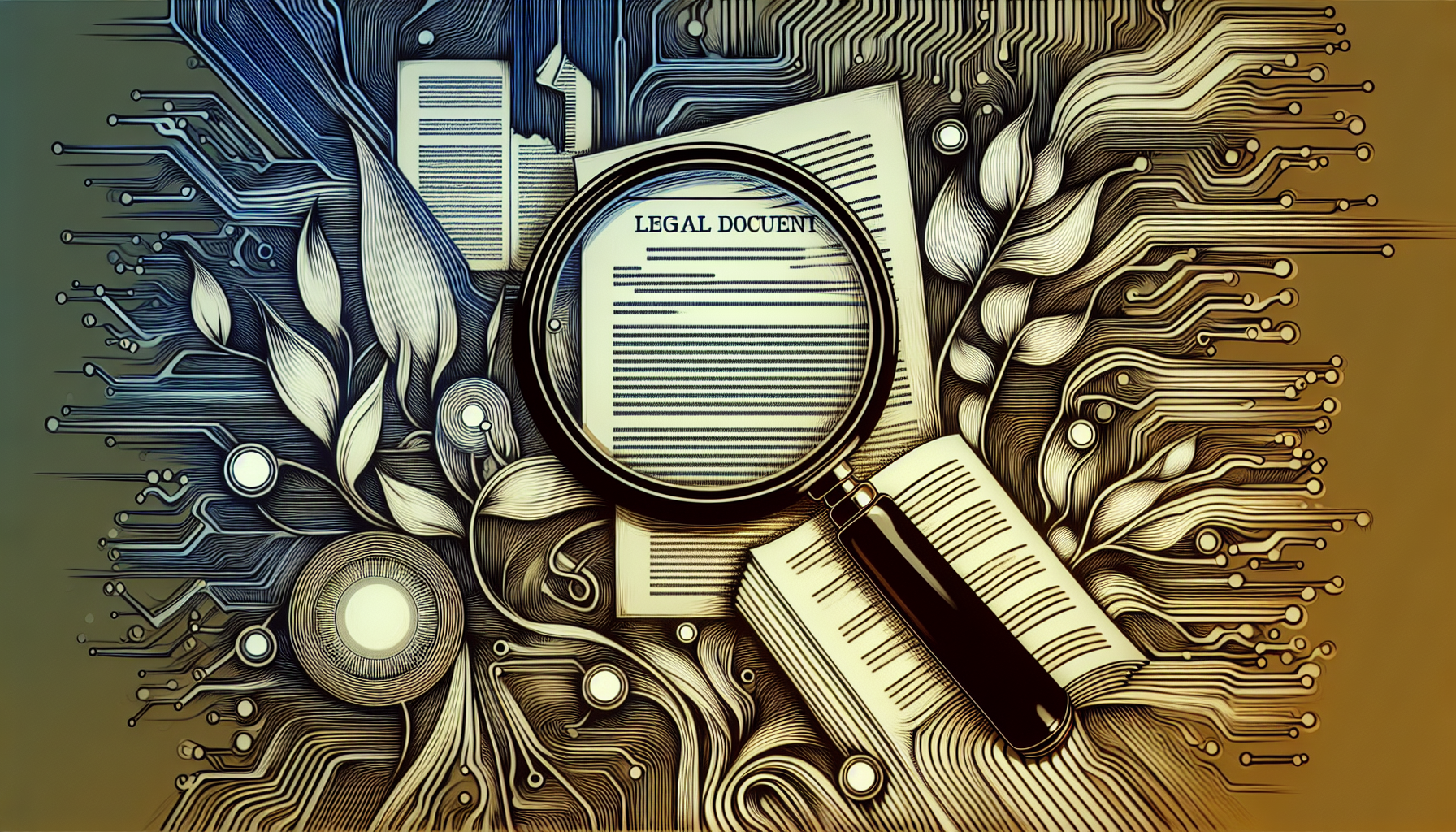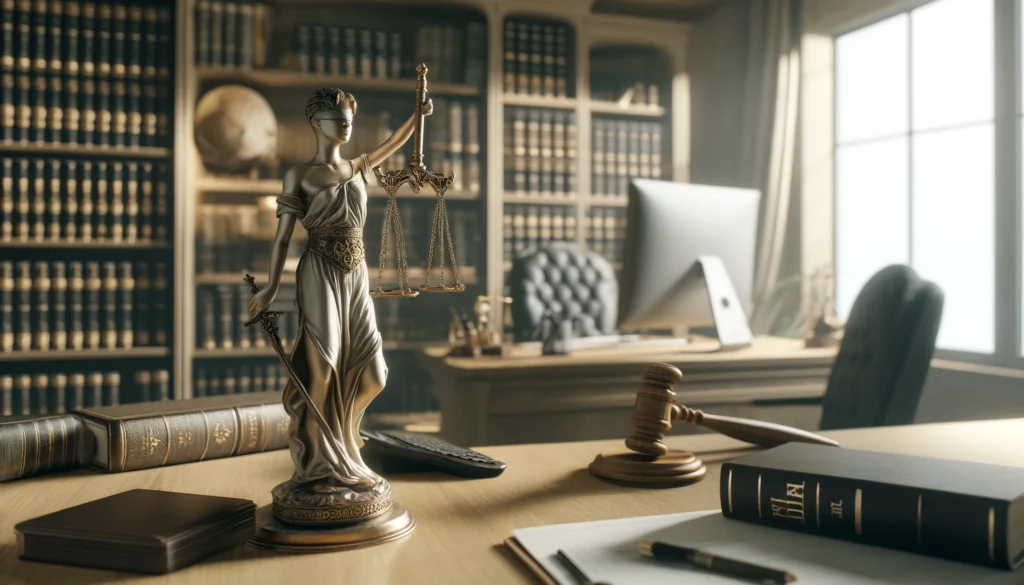
Setting the Stage: The Rise of AI in Legal Work
Artificial Intelligence (AI) has rapidly transformed multiple industries, and the legal field is no exception. From healthcare to finance, AI innovations have streamlined operations, enhanced decision-making, and delivered impressive efficiencies. One of the most groundbreaking developments has been large language models (LLMs) like ChatGPT, disrupting traditional workflows and providing new avenues for client interactions.
In criminal defense, client education is crucial yet often complex. AI’s integration into legal work promises not just efficiency but enhanced engagement. This transformation is particularly significant for paralegals, who are at the frontlines of client communication and document preparation. With the rise of AI, the scope for innovative client education methods has never been broader.
Selway seamlessly into how exactly AI is redefining the abilities of paralegals and lawyers alike.
Understanding the AI Advantage
At the heart of AI’s promise in legal work is its ability to streamline and automate repetitive tasks, allowing professionals to focus on more strategic activities. ChatGPT, in particular, excels at processing and generating human-like text based on the prompts it receives. This capability positions ChatGPT as a critical tool for enhancing the productivity and effectiveness of paralegals.
- Efficiency: Automates routine tasks, freeing up time.
- Engagement: Provides personalized and timely responses to client queries.
- Consistency: Delivers uniform and accurate information.
The ability of ChatGPT to instantaneously generate well-structured and informative content can considerably elevate the level of client education in criminal defense cases, marking a shift toward more informed and engaged clients.
Next, we’ll delve into the practical steps to deploy ChatGPT in your daily workflow.
Also read:
Laying a Solid Foundation: Getting Started with ChatGPT
Integrating ChatGPT into your legal work involves several steps but promises significant rewards. Here’s a roadmap to get started:
- Identify Use-Cases: Draft a list of repetitive tasks in client communication and documentation where ChatGPT can be beneficial.
- Select the Right Tools: Ensure the AI application integrates smoothly with your existing software ecosystem, such as document management systems and practice management tools.
- Initial Setup: Configure the AI model to understand your specific needs. This might involve feeding it with sample texts, legal jargon, and case specifics to train it effectively.
- Training and Updates: Continuously update the AI with new data and legal precedents to keep it relevant and accurate.
Best practices for setup include regular reviews of AI-generated content for accuracy and relevance. It’s essential to train the AI progressively by providing feedback to improve output quality.
Now that we know how to get started, the next step is mastering prompt craftsmanship for better interaction with ChatGPT.
Also read:
Mastering Prompt Craftsmanship: Art and Science of Effective Interaction
Generating effective results from ChatGPT revolves around crafting well-structured and context-rich prompts. Here’s a glimpse into the art and science behind it:
Crafting Precise Prompts
The quality of the output is directly proportional to the clarity and detail of the input. Consider the two examples:
Basic Prompt: “Explain criminal defense processes.”
Advanced Prompt: “Summarize the sequential steps involved in a criminal defense case in California, focusing on initial arraignment, pre-trial motions, and plea bargaining.”
A more refined and context-specific prompt yields a much richer, accurate, and useful response.
Incorporating Context
Consider offering background information for better results:
- Provide Case Context: Mention case-specific details and relevant jurisdictions.
- Set the Tone: Whether you need a formal tone for a court document or a simpler explanation for a client, specify that.
By fine-tuning your prompts with specific keywords and relevant details, you can harness AI to provide tailored, high-clarity outputs.
Seguing from prompt creation, let’s look at how to leverage AI for speeding up research and documentation.
Also read:
Speeding Up Research and Documentation
ChatGPT can revolutionize how paralegals approach legal research and documentation:
Swift Legal Research
Use ChatGPT to quickly pull relevant case law, statutes, and precedents. For instance, a prompt like, “Summarize recent Supreme Court rulings on Fourth Amendment rights” can streamline research, saving invaluable time.
Document Drafting
Generate initial drafts for motions, briefings, or client letters efficiently. For example:
Prompt: “Draft a pre-trial motion to suppress evidence based on search and seizure violations in a drug-related case.”
Such prompts help produce structured drafts that paralegals can refine, significantly cutting down on the time-intensive aspects of their work.
Next, we’ll focus on enhancing client communication and education using ChatGPT.
Also read:
Enhancing Client Communication and Education
One of the biggest stakes in criminal defense is effectively educating and communicating with clients. Here’s how ChatGPT can assist:
Client-Friendly Explanations
Clients often struggle to understand complex legal terminologies. Use ChatGPT to frame these terms in simpler language:
Example Prompt: “Explain the term ‘plea bargain’ in a way that a person with no legal background can understand.”
This creates a more accessible and less intimidating interaction for clients, helping them feel more informed and involved in their cases.
Empathetic Communication Templates
Paralegals can also use ChatGPT to draft empathetic yet informative templates for routine communication, such as:
- Status Updates
- Process Explanations
- Outcome Predictions
This not only saves time but ensures consistent and precise dissemination of information. By improving the quality and clarity of client communications, paralegals can foster trust and satisfaction among clients.
We will now shift our focus to managing and organizing case information using AI.
Also read:
Managing and Organizing Case Information
Handling heaps of case information efficiently is another vital aspect where ChatGPT can offer substantial support:
The AI can help collate and summarize intricate case details, making it easier for paralegals to keep track:
- Summary Generation: Quickly summarize testimonies, evidence, and legal precedents relevant to a case.
- Improved Organization: Structure case files and important notes consistently.
This ensures that all critical information is easily accessible and logically organized, enabling paralegals to manage cases more efficiently.
Up next, let’s address the critical aspects of accuracy and ethical considerations in using AI.
Also read:
Ensuring Accuracy and Ethical Considerations
While AI offers significant advantages, verifying the accuracy of AI-generated content is non-negotiable:
- Verification: Always cross-check AI outputs against reliable sources.
- Ethics: Ensure client confidentiality and adhere to ethical guidelines when using AI in legal settings.
Maintaining these standards is crucial for upholding the integrity of legal practice.
Finally, let’s discuss what the future holds for AI in the legal domain.
Also read:
Looking Ahead: Embracing the Future of AI in Legal Practice
The role of AI in legal practice is continually evolving, promising even more integration and efficiency. Staying updated with advancements and continuously adapting to emerging technologies will be key to leveraging AI’s full potential.
Embrace AI as an invaluable resource, continuously explore its possibilities, and adapt to its advancements, ensuring you remain at the forefront of legal innovation.


